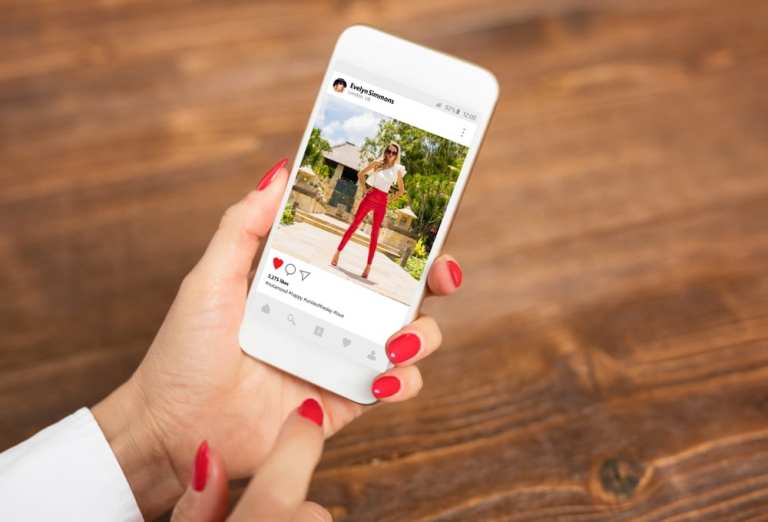PayPal Powers Instagram Checkout

Instagram has launched a checkout feature designed to help the social media platform become a more attractive place for consumers to buy retail products, and to capture more sales via what is coming to be known as contextual commerce. The launch of Checkout by Instagram includes participation by PayPal and its retail partnership program, signaling its further expansion into eCommerce payments.
According to Instagram, its new checkout feature will enable consumers to purchase desired items while looking at “beauty tutorials,” images of shoes and fashion or other interest areas, with less hassle than would have been the case prior to the launch of the eCommerce tool.
“Instagram is a place for people to treat themselves with inspiration, not a place to tax themselves with errands. It’s a place to experience the pleasure of shopping versus the chore of buying,” the company said.
PayPal said its full-stack processing platform, called PayPal for Partners, “allows Instagram to manage the end-to-end commerce experience for buyers and sellers,” according to a blog post from PayPal EVP and COO Bill Ready.
“Checkout on Instagram, which will be available within posts and stories with shopping stickers and tags, enables Instagram users in the U.S. to buy, track and manage their purchases directly within Instagram, and allows businesses to sell directly on Instagram without the buyer having to change contexts,” he said. “After discovering a checkout-enabled product, shoppers will see the option to ‘Checkout on Instagram’ when they tap to view additional details.”
For Instagram, this launch represents its latest move to become more of a player in eCommerce. Earlier in March, the photo and video sharing social media platform rolled out a trial of a new shopping program in which users can shop and check out within the app. The company is testing the program with more than 20 beauty and fashion brands, including direct-to-consumer retailers along with well-known companies.
As it stands, users can swipe a product on Instagram to visit the vendor’s website to place an order.
Contextual Commerce Push
The focus on discovery and context will likely not come as a major surprise to many PYMNTS readers. According to PYMNTS research – including the new Digital Consumer Report – nearly six out of 10 consumers today shop in the moment, or contextually.
Understanding what that’s all about means, in large part, understanding that shopping is a social experience in more ways than one.
Busy consumers attached to their smartphones are used to scrolling past thousands of product images per day. Those shoppers are using social apps like Instagram to make purchases right from their feed instead of heading to a merchant’s site. And while social media such as Instagram plays a major role in contextual commerce, consumers are also turning to voice-activated speakers to order groceries and handle day-to-day chores.
In other words, consumers are shopping contextually.
Social Media Purchases
Additional PYMNTS research, shown in the Contextual Commerce Report, found more reason for optimism when it comes to offering relatively seamless payments and checkout on social media, making it easier for consumers to buy in the moment. The report found 81 percent of consumers who have engaged in contextual commerce make at least some purchases via social media. And speed counts: 59 percent of consumers who have engaged in contextual commerce did so because it offered a “much faster buying experience.”
As well, if those faster checkout experiences please loyal and retail-minded users, that can lead to significantly more spending. According to the PYMNTS report, the consumers spending the most are the happiest: 82 percent of shoppers who spend more than $50 per purchase reported having a positive experience, compared to 24 percent of those who spent less than $25.
Contextual commerce is on the rise, and as Instagram – with the backing of PayPal – moves further into enabling easy eCommerce and payments, more details will soon emerge about how those contextual and social media shoppers like to browse and buy.



